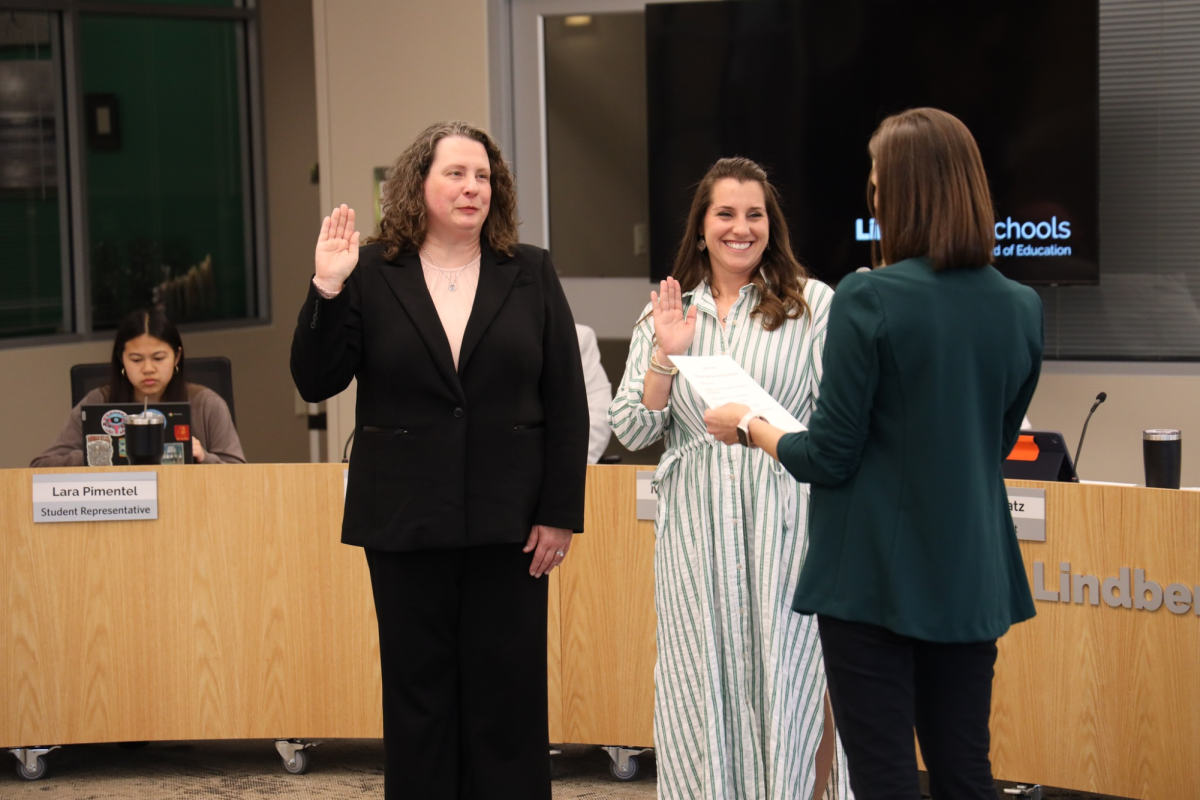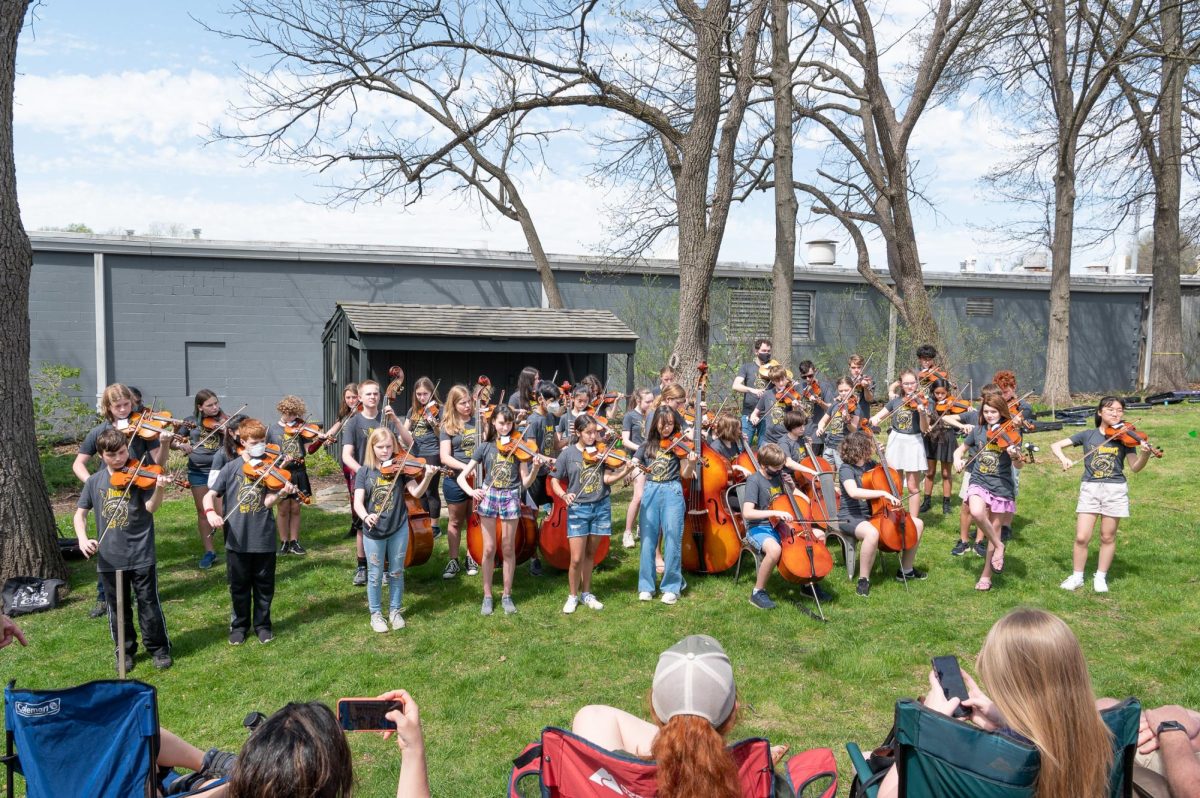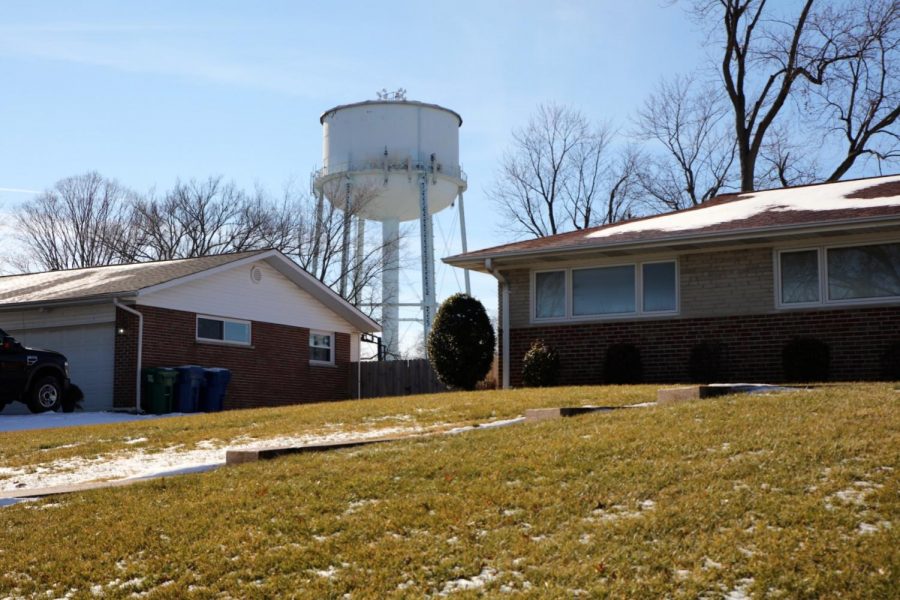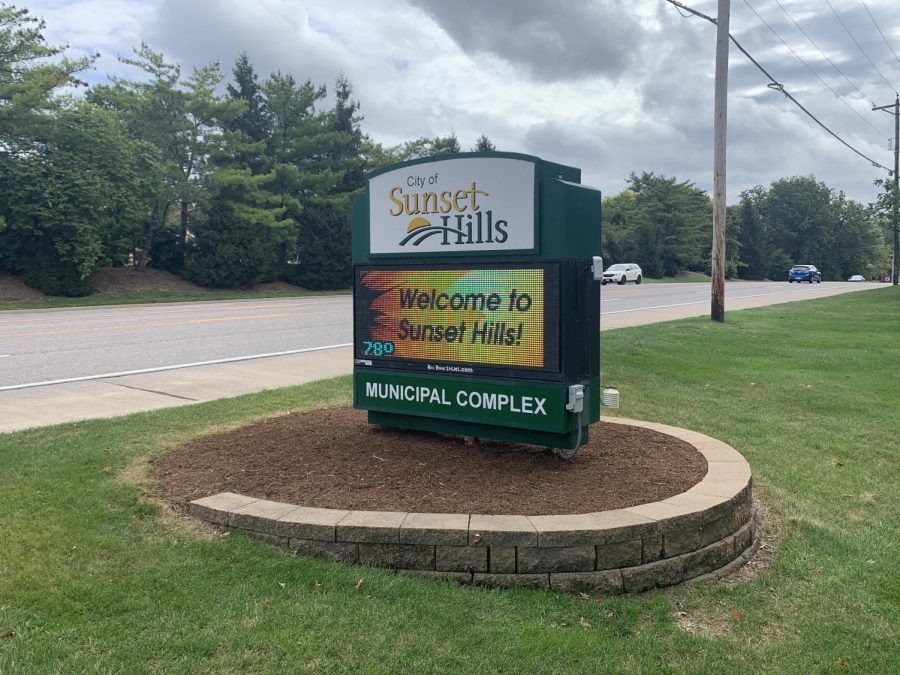Concerns about making it easier for cluster home developments to come to Sunset Hills have dominated public comments about the city’s new proposed zoning code.
The Planning and Zoning Commission, which will recommend the code to the Board of Aldermen, did not take any action on the proposed zoning code revisions at its July 17 meeting. The panel was set to continue the process of revising the zoning code when it met at 7 p.m. Wednesday, Aug. 14 — after The Call went to press.
The new zoning code, as it is proposed to date, can be viewed on the city’s website.
So far, the code is just a draft and addresses a variety of city regulations such as landscaping and aesthetics, parking regulations and zoning districts, but residents who have spoken during public comments believe the multi-paged document will pave the way for more cluster home developments in the city under revisions proposed by consulting group Houseal Lavigne.
As the name suggests, cluster homes is a term given to a residential development that maximizes the number of lots and can include attached, multifamily homes.
Cluster homes have been a hot topic in Sunset Hills this year, after neighbors expressed outrage over a proposed 12-home development on a 5-acre tract along Lincoln Drive, Robyn Road and South Lindbergh Boulevard. The developer, Fischer & Frichtel, eventually dropped its plans for the proposed development.
John Houseal, one of the founders of Chicago-based consulting group Houseal Lavigne, said the changes to the zoning code were meant to modernize the city’s zoning standards and align the zoning code with the city’s comprehensive plan, which was also drafted by Houseal Lavigne and adopted in 2016.
“Your code in many respects was getting a little long in the tooth,” said Lavigne. “It did not reflect contemporary development practices. It didn’t reflect what was built on the ground in a lot of cases in the residential neighborhoods as well as the commercial.”
The proposed changes to the zoning code reduces the number of zoning districts in the city from 17 to nine by getting rid of the nine planned-development districts, which are specialized to each use. Instead, the city would have a single customizable planned district designation that would be used as an overlay over regular zoning.
The proposal also reduces the number of residential zoning districts from six to four. R1 residential would be combined with NU non-urban zoning for single-family detached, with a minimum lot size of one acre.
R2 and R3 zoning would be combined under R2 for single-family detached and conditional attached with a minimum lot size of 15,000 square feet. R4 and R5 would be combined under R4 with a minimum lot size of 7,500 square feet, for attached and detached single-family with conditional multifamily. R6 would remain the same, and includes high-density single-family attached and detached and multifamily, or possibly commercial and office.
The proposed changes also cut the required lot sizes from current levels in an attempt to bring “legal non-conforming” smaller lots into compliance.
“The new proposed residential districts that we have here… very cleanly and effectively addresses all your existing neighborhoods as they are developed now and eliminates a huge percentage of the non-conformity…We did the same thing with the commercial,” said Houseal.
However, residents in attendance at the July 17 Planning and Zoning Commission meeting weren’t buying the changes.
“My concern is that the new zoning code is going to turn Sunset Hills into a Monopoly (board),” said Cathy Friedmann. “We’re going to have older folks moving out and developers moving in.”
Friedmann added that she believed there should be a clause for protesting planned developments in the code’s Section 8, which deals with planned unit developments.
“I think, not being an expert at drafting zoning but just being somebody who has lived the dream here, we need to have the protest provision in Section 8. I think that’s a really important thing for us… I don’t see a reason for it not to be there, it’s just taking the voice away from the residents.”
City Engineer Bryson Baker said that commission member Frank Pelligrini had already made a recommendation to the Board of Aldermen for a protest provision to be added.
Gary Vincent, who was an outspoken opponent of the Fischer & Frichtel cluster home development, told Houseal that he had concerns with changing the lot size requirements.
“My first concern has to do with reducing the number of zoning districts and the size of the zoning lot… Right on Lincoln Avenue, right behind the homes on Lincoln Avenue, is a 5-acre vacant lot that borders on Lindbergh Boulevard,” said Vincent, referring to the property where Fischer & Frichtel had originally intended to build the cluster home development.
“And with that 5-acre lot, if you had 20,000 square feet… with the road and everything, you may be able to get eight or nine houses. If you put 15,000-square-foot lots, you’re going to get two more houses. It’s going to be more attractive for the developer because he’s gonna get two more houses… The more homes you can build, the more money you are going to generally make.”
Pelligrini shared similar sentiments at a July 10 Planning and Zoning meeting, saying that he was opposed to reducing the number of zoning districts and changing the lot sizes. He believes it would make way for attached developments.


































